Are you a wine and pasta enthusiast looking to elevate your décor with a poster? Look no further, our red wine & pasta poster is the perfect addition to any wine lover’s home, kitchen or office. With its eye-catching design and rich colors, this poster will surely make a statement in any room.
Red Wine Poster
€15 – €49Price range: €15 through €49
Red Wine is an alcoholic drink typically made from fermented grapes. Yeast consumes the sugar in the grapes and converts it to ethanol and carbon dioxide, releasing heat in the process. Different varieties of grapes and strains of yeasts are major factors in different styles of wine. These differences result from the complex interactions between the biochemical development of the grape, the reactions involved in fermentation, the grape’s growing environment (terroir), and the wine production process. Many countries enact legal appellations intended to define styles and qualities of wine. These typically restrict the geographical origin and permitted varieties of grapes, as well as other aspects of wine production. Wines not made from grapes involve fermentation of other crops including rice wine and other fruit wines such as plum, cherry, pomegranate, currant and elderberry.
Wine has been produced for thousands of years. The earliest evidence of wine is from the Caucasus region in today’s Georgia (6000 BCE), Persia (5000 BCE), Italy and Armenia (4000 BCE). New World wine has some connection to alcoholic beverages made by the indigenous peoples of the Americas, but is mainly connected to later Spanish traditions in New Spain. Later, as Old World wine further developed viticulture techniques, Europe would encompass three of the largest wine-producing regions. Today, the five countries with the largest wine producing regions are in Italy, Spain, France, the United States, and China.
Wine has long played an important role in religion. Red wine was associated with blood by the ancient Egyptians and was used by both the Greek cult of Dionysus and the Romans in their Bacchanalia; Judaism also incorporates it in the Kiddush, and Christianity in the Eucharist. Egyptian, Greek, Roman, and Israeli wine cultures are still connected to these ancient roots. Similarly the largest wine regions in Italy, Spain, and France have heritages in connection to sacramental wine, likewise, viticulture traditions in the Southwestern United States started within New Spain as Catholic friars and monks first produced wines in New Mexico and California.
Red Wine museum-quality poster made on thick and durable matte paper. Add a wonderful accent to your room and office with these posters that are sure to brighten any environment.
• Paper thickness: 0.26 mm (10.3 mil)
• Paper weight: 189 g/m² (5.57 oz/y²)
• Opacity: 94%
• ISO brightness: 104%
• Giclée printing quality
• 21 × 30 cm posters are size A4
• Blank product sourced from Japan
| Weight | N/A |
|---|
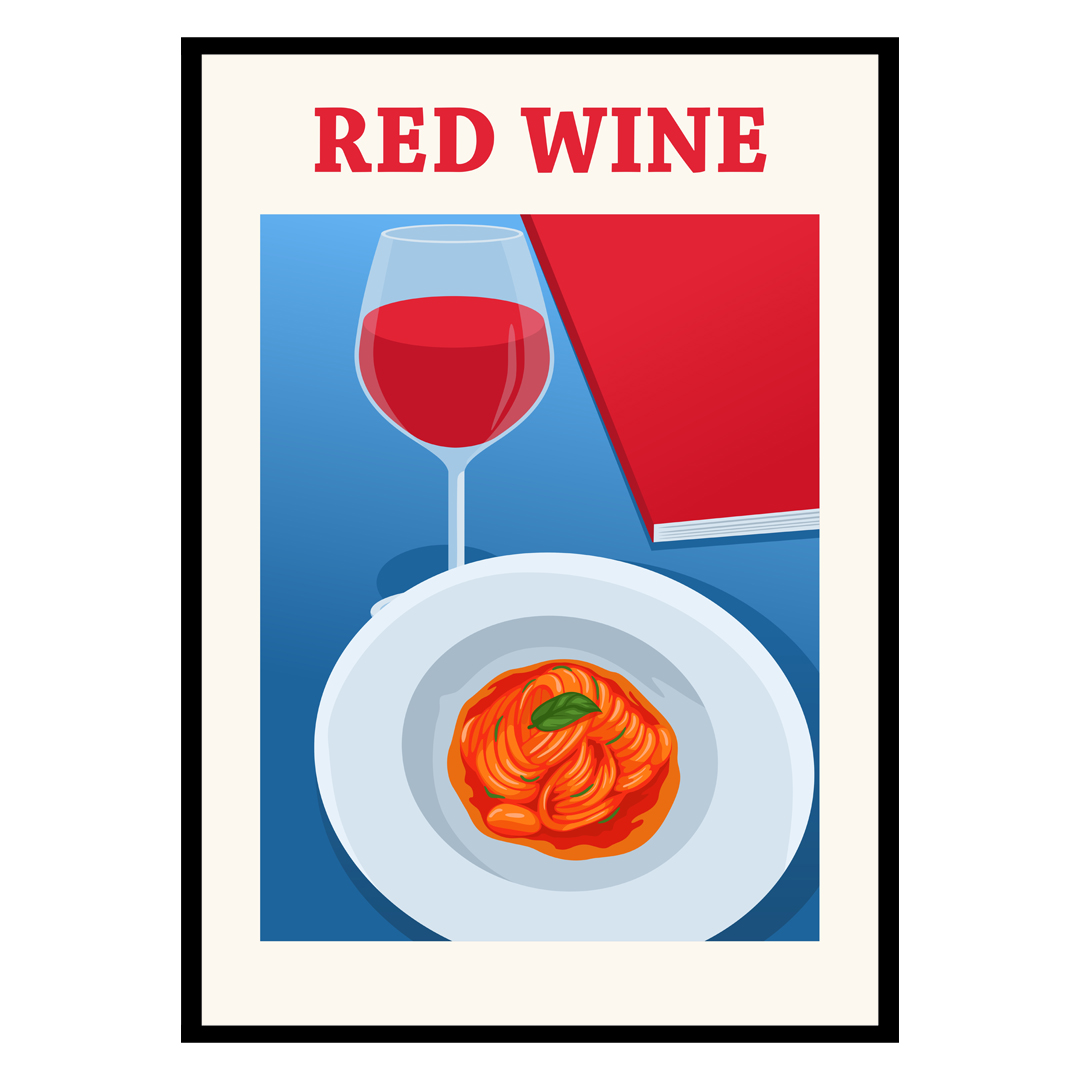
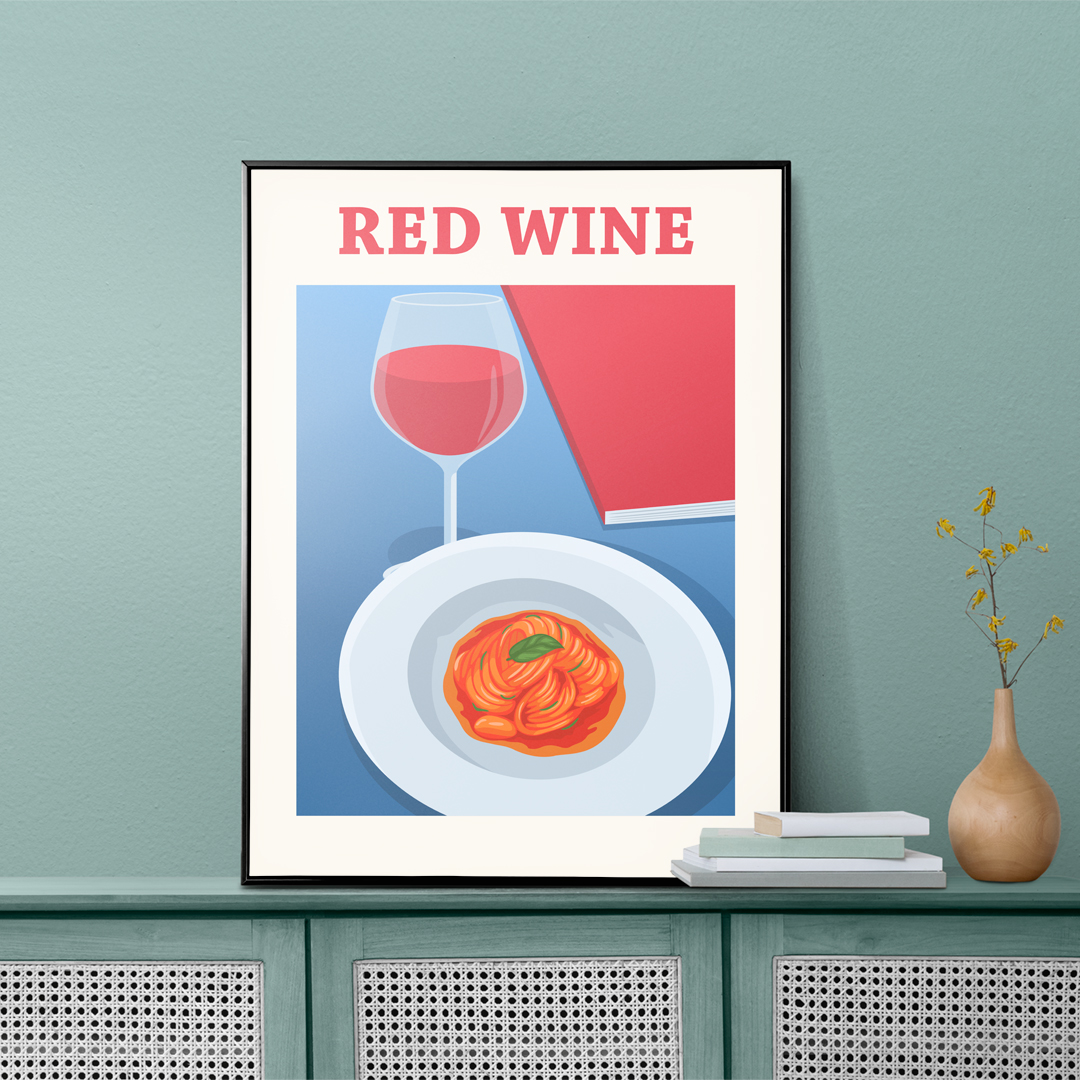
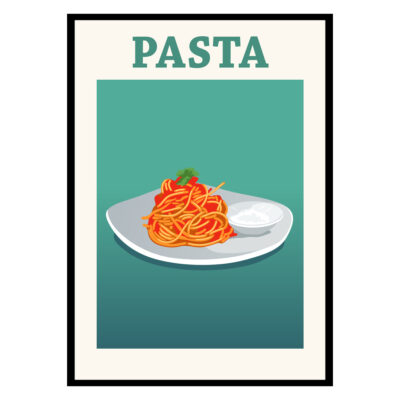
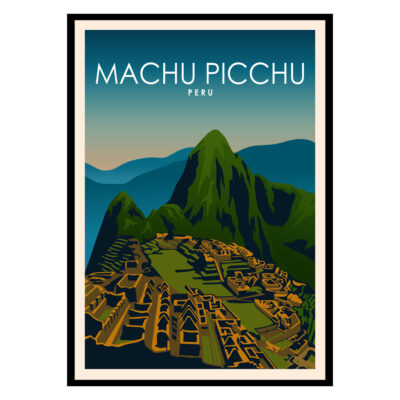
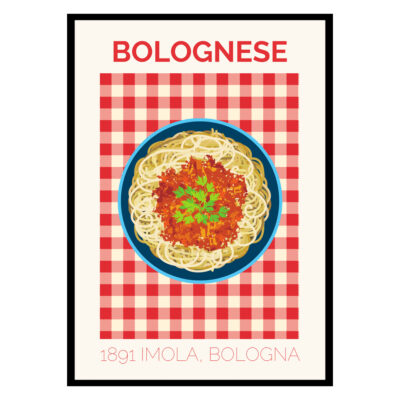
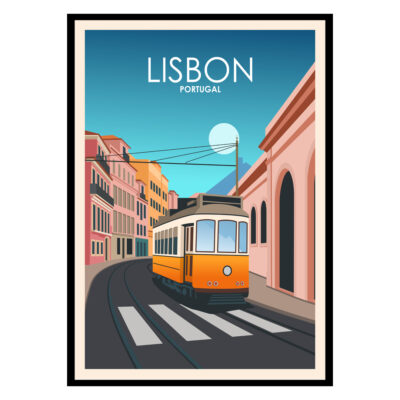
There are no reviews yet.